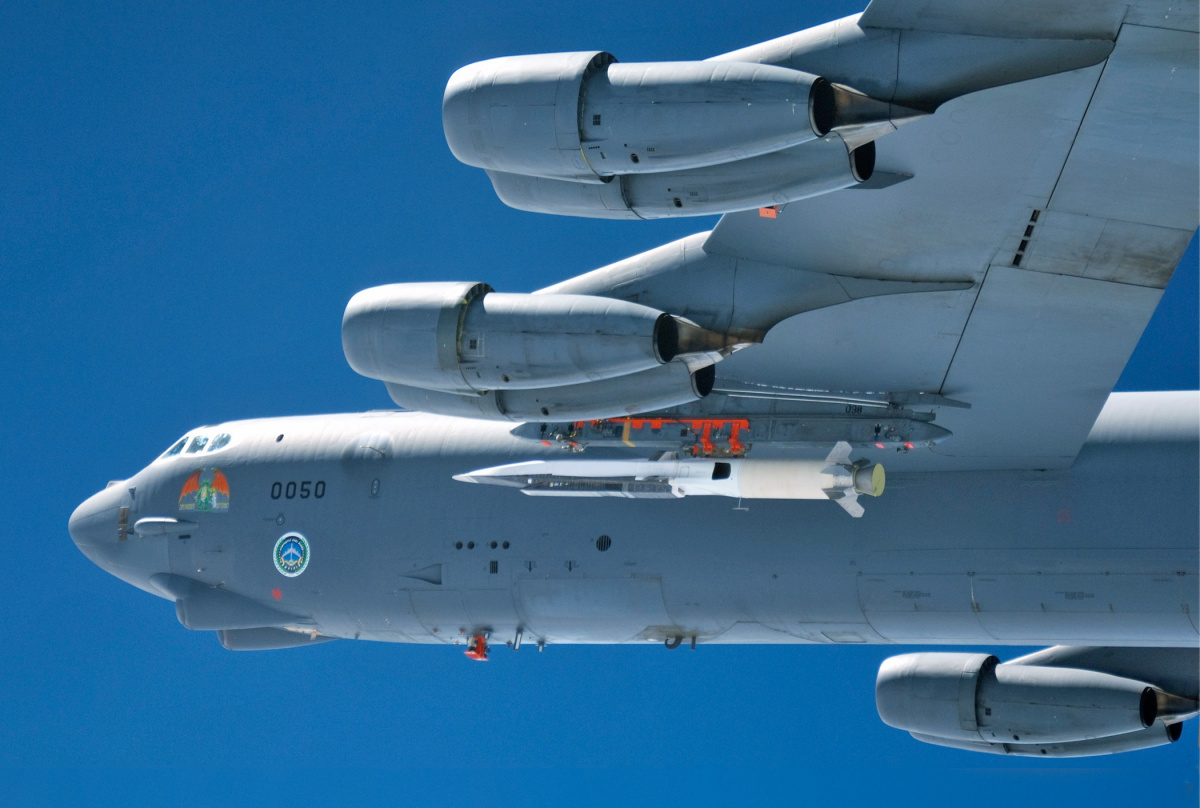The US has been tryng hard to develop hypersonic missile Maybe the success of Chinese test will spur them to get back into the game. It is incorrect to say that the funding was neglected or witheld They did spend vast sum of money on the research. But sofar success has eluded them. Here is our friend David Axe article
The Air Force's Next Wonder Weapon: Missiles Faster Than Mach 5
December 25, 2017
For its part, the Pentagon has pursued several parallel development paths for hypersonic weaponry. The Defense Department spent $108 million on hypersonics research and development in 2016 and $378 million in 2016. The department’s 2018 budget request includes $292 million for hypersonics research. The Defense Advanced Research Projects Agency, the Air Force and Army have all tested “boost-glide” vehicles that launch atop rocket boosters then glide, unpowered, at hypersonic speeds. Most of the test flights have ended in failure.
Spurred by developments in Russia and China, the U.S. Air Force is taking steps toward acquiring a hypersonic surface-to-air missile capable of traveling faster than Mach 5.
For more than 20 years the Air Force — not to mention other U.S. government agencies and private industry — have been experimenting with hypersonic technology. But as of mid-2017 that experimentation hasn’t translated into a working weapon.
That might change soon. On June 29, 2017, Air Force Material Command published a “sources sought” notice asking interested contractors to describe their design and manufacturing capabilities related to hypersonic munitions.
(This first appeared in June.)
“Qualified vendors must be skilled in design, qualification, component/subsystem testing of the critical elements of the hypersonic missile in representative operational conditions,” the notice
.
Vendors must be capable in fields of hypersonic aerodynamics, aero-thermal protection systems, solid rocket motors, warhead-and-missile integration, advanced hypersonic guidance, navigation and control and aircraft integration, according to the Air Force.
A hypersonic munition speeding along at least five times the speed of sound offers huge advantages over existing — and much slower — weapons. High speed makes a hypersonic missile difficult to intercept or dodge. The kinetic energy of a Mach-5 munition lends it tremendous destructive power.
For its part, the Pentagon has pursued several parallel development paths for hypersonic weaponry. The Defense Department
$108 million on hypersonics research and development in 2016 and $378 million in 2016. The department’s 2018 budget request includes $292 million for hypersonics research.
The Defense Advanced Research Projects Agency, the Air Force and Army have all tested “boost-glide” vehicles that launch atop rocket boosters then glide, unpowered, at hypersonic speeds. Most of the test flights have ended in failure.
DARPA, NASA and the Air Force have also trialed powered hypersonic weapons, most notably the Boeing-made X-51 Waverider, a two-ton, 25-foot-long, two-stage vehicle with a detachable rocket booster and its own, built-in scramjet engine. The booster accelerates the vehicle to Mach 4.5, at which point the air-breathing scramjet takes over and nudges the top speed past Mach 5.
X-51s have flown four times since 2010. In the latest and most successful test, in May 2013, a B-52 — pictured at top — launched an X-51 over the Pacific Ocean. The vehicle flew for six minutes at a top speed of Mach 5.1.
China and Russia both claim to be working on hypersonic weapons, lending urgency to America’s own, similar efforts. China’s WU-14 hypersonic boost-glide system
seven times between 2014 and 2016. Russia
its Yu-71 hypersonic glider in 2015.
As a sort of follow-on to the X-51 effort, the Air Force, NASA and an Australian government test agency plan to experiment with a more controllable hypersonic vehicle that the testers hope will also be cheaper — no more than $10 million per vehicle — and more reliable.
Flight tests of that co-called “HiFIRE” vehicle could begin in Australia as early as July 2017, and could support the Air Force’s current effort to acquire a hypersonic munition for routine use.
Air Force Material Command is evidently impatient to complete its market research and start cutting contracts. “This new weapon system must be designed and analyzed for rapid development and fielding,” the June notice stresses. Responses are due on July 14, 2017.



